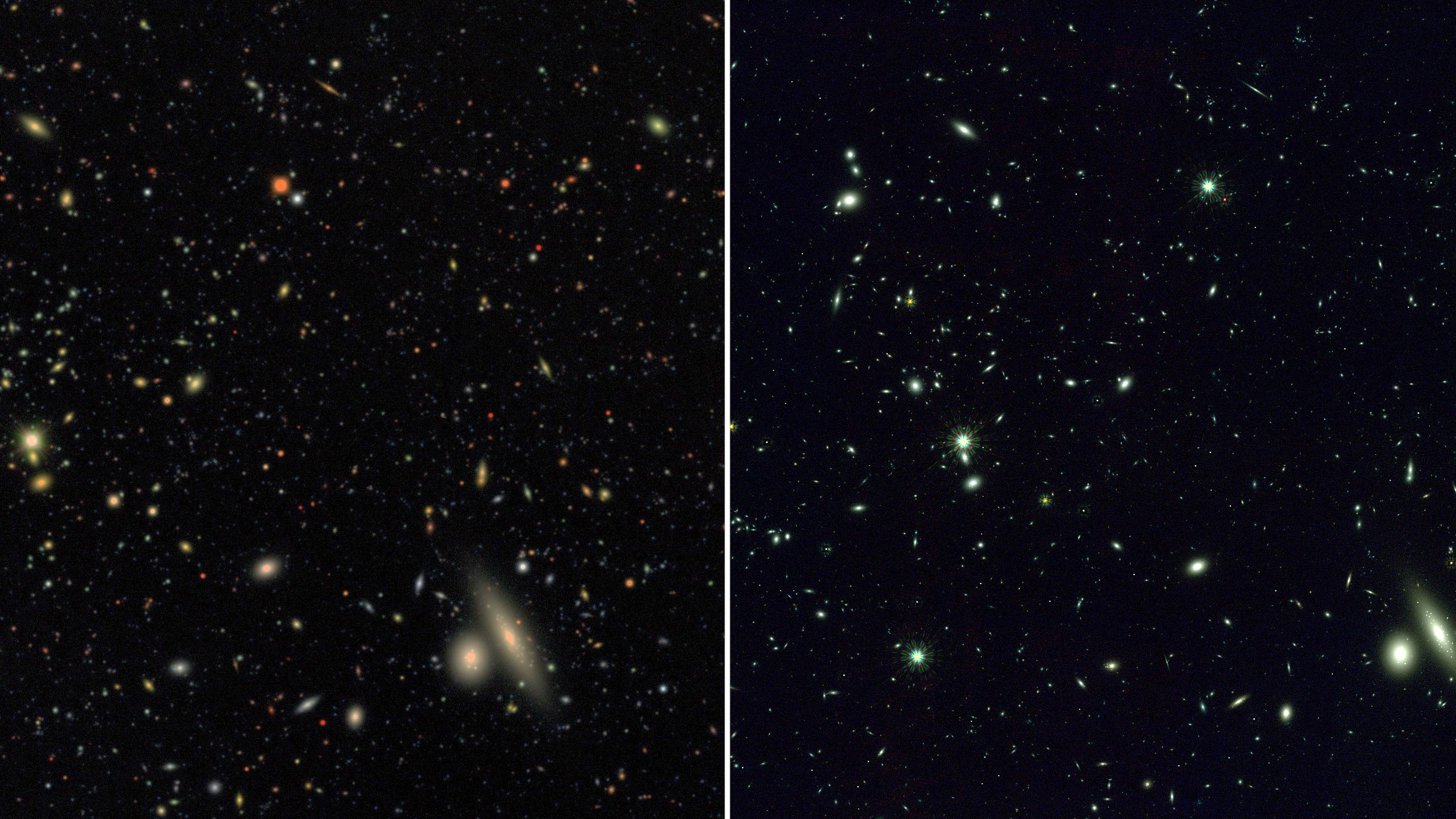
Ahead of NASA's upcoming launch of the Grace Roman Space Telescope for the "Roman Mission," researchers are using the Argonne Theta supercomputer to run OpenUniverse-powered simulations of the cosmos. The simulation is being run for the to-be-launched Grace Roman Space Telescope and the grounded Chilean Vera C. Rubin Observatory. According to Jim Chiang, who helped create the simulations, "OpenUniverse lets us calibrate our expectations of what we can discover with these telescopes [...by giving] us a chance to exercise our processing pipelines, better understand our analysis codes, and accurately interpret the results so we can prepare to use the real data right away once it starts coming in."
As cutting-edge and high-concept as this may sound, OpenUniverse is an open-source Solar System simulator leveraging OpenGL that has existed for about 24 years. The classic version of OpenUniverse also inspired other planetarium software.
Of course, NASA's implementation of OpenUniverse in 2024 is much more ambitious than the standard version since it's intended for hard science. The data used by NASA's OpenUniverse 2024 has been released as a 10-terabyte subset of the complete package, with the remaining 390 terabytes still to be processed at the time of writing.
Katrin Heitmann, cosmologist and deputy director of Argonne's High Energy Physics division and the one who managed the project's supercomputer time, stated, "Using Argonne's now-retired Theta machine, we accomplished in about nine days what would have taken 300 years on your laptop. The results will shape Roman and Rubin's future attempts to illuminate dark matter and energy while offering other scientists a preview of the types of things they'll be able to explore using the data from the telescopes."
NASA's official post on the matter refers to the project as "A Cosmic Dress Rehearsal" for the researchers involved, one year ahead of the Rubin Observatory telescope's activation in 2025 and three years ahead of the NASA Roman launch in May 2027. In particular, Roman and Rubin are both meant to help us achieve a fuller understanding of the dark energy that expands our universe and the dark matter that helps fill it.







